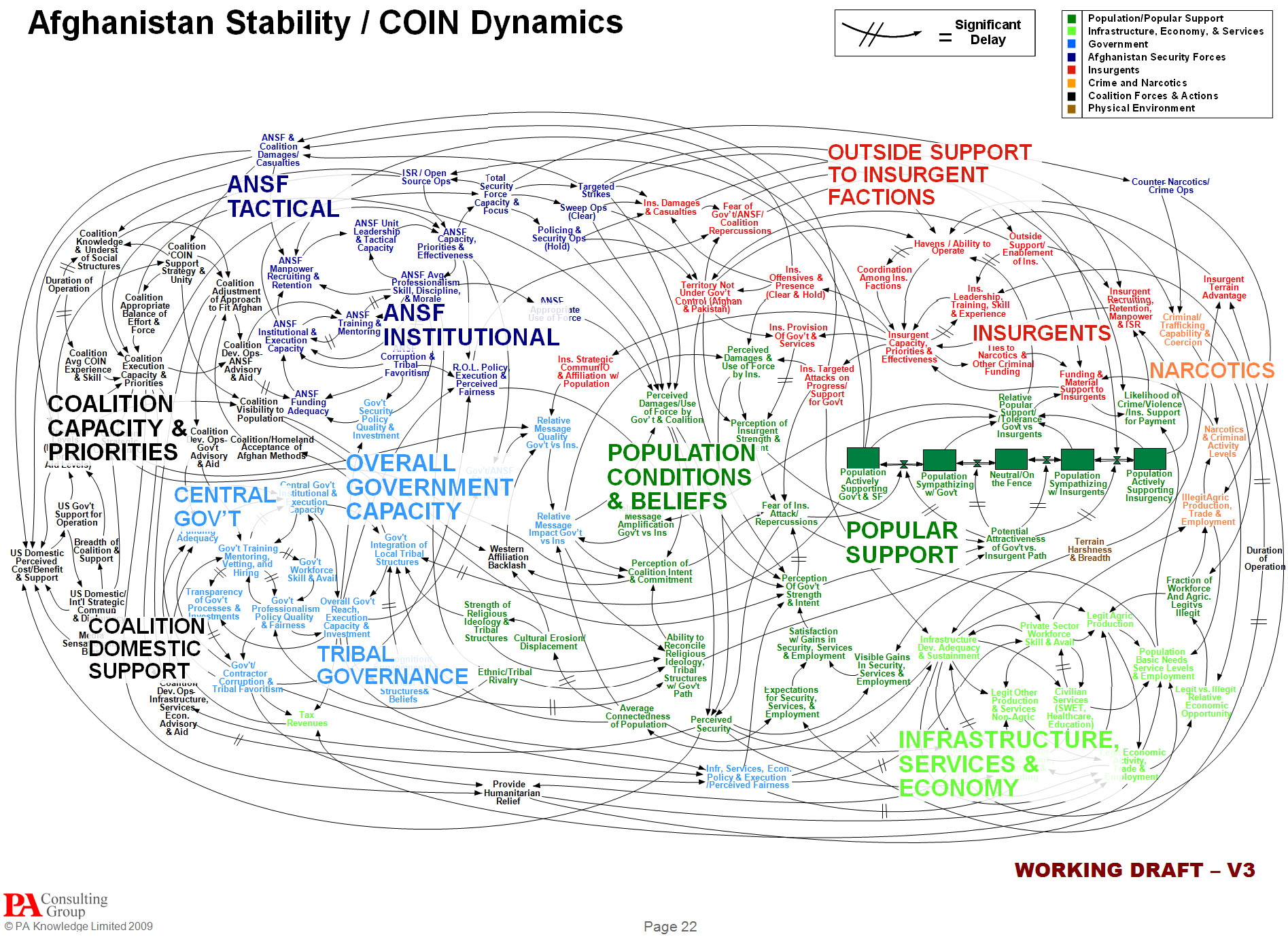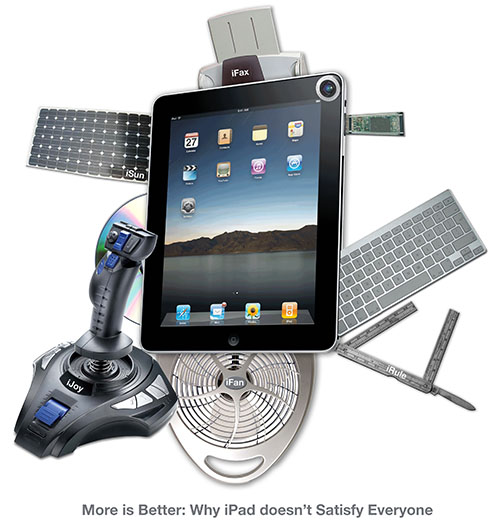Article: Elliot, J. (2008). “Reinventing the wheel to help disabled.” BBC NEWS. Visited on 5 September 2008 http://news.bbc.co.uk/2/hi/health/7475609.stm Summary: Wheelchair wheels are not optimally designed for wheelchair users who must travel. While the wheels may be removed from a folding wheelchair, they do not themselves pack well and must often be checked in on flights or stowed separately from the folded chair in other travel scenarios. Former Royal College of Arts (RCA) student Duncan Fitzsimons designed a folding wheel for bicycles and is modifying the design to work for wheelchair users. His design, which folds the full-sized wheel flat while allowing use of a regular tire and inner tube, gives the wheelchair user the ability to quickly stow their chair when using other modes of transportation. Conceptual design: Wheelchair wheels must be removed from wheelchairs, even folding models, to be stowed when traveling. Design a wheel which does not require removal from the chair and significantly reduces the amount of space needed to stow the chair. Interaction design: The wheel must be large, as this is the key to a wheelchair user’s independence. It should be designed to fit different budgets and performance needs. It must fold flat so it may be…
Users
Ethnographic & User Data, Interface Design, Perceptual Focus Errors, Pipsqueak Articles, Product Design Strategy, Users
Understanding Complex Visual Information…
by Olga Werby •

…or not comprehending it, as the case may be. A few years ago, I wrote a paper about people’s ability to comprehend complex visual information such as graphs, charts, diagrams, maps, and so on. Intuitively, we are culturally-trained to believe that it’s much easier to extract information from a picture than from text. But upon testing this belief (p-prim, for those in the know), I found that contrary to the notion “a picture is worth a thousand words,” it’s much more difficult to get data from an illustration than from a story. While emotional impact might be larger with a picture, it’s not true for comprehension. You can read the results of my study at http://www.pipsqueak.com/pages/papers.html “Visual Symbolic Processing in Modern Times” paper presented at AACE ED-MEDIA Conference in 2008. Since then, I’ve collected more data, and the results are similarly aligned: problem-solving requiring higher level visual symbolic processing skills is difficult and results in communication failures. A secondary, and surprising, finding was a gender discrepancy in performance outcome testing of visual symbolic processing skills. Higher level and lower level visual symbolic processing are defined in the paper. And anyone interested in testing their visual processing skills are welcome to…
Conceptual Design, Diagnostic Errors, Featured, Pipsqueak Articles, Users
More is Better: Why iPad doesn’t Satisfy Everyone
by Olga Werby •

There have been a lot of complaints flying around about how iPad doesn’t do this, and iPad can’t do that, and iPad won’t work with that other thing. Some people are so obsessed about all the things that iPad isn’t capable of doing that they overlook all that it can do. By looking for failure, these reviewers lost sight of what iPad is all about. There are plenty of people who are defending iPad out there, so I was interested in why the people who dislike iPad so passionately feel the way they do. We, the people, tend to make our decisions based on little snippets of information that we find to be true and productive for solving various problems. “If something is steaming, it must be hot.” “Big things fall harder and faster.” “Where there’s smoke, there’s fire.” “If one is good, two is even better.” “If it looks clean…” “Little kids don’t lie.” “If it’s natural, it’s not chemical.” “Summer is when the Earth is closest to the sun.” “One can’t get fat eating vegetables.” These are the building blocks of our intuitions. We are all walking encyclopedias of folksy wisdom—common sense explanations that are consciously and unconsciously…
Conceptual Design, Contributor, Interaction Design, Interface Design, Users
Do we want to be citizen or customers.
by Ben •
Article: Knight, M. (2008). “Do we want to be citizen or customers.” CNN. Retrieved on 21 June, 2008. http://www.cnn.com/2008/TECH/science/06/12/Rykwert/index.html Summary: In this interview, Joseph Rykwert, an architectural historian, offers his view of the city and the transitions it has gone through. He points out that most people don’t like the new building and skyscrapers being constructed, often mocking them with sexual connotation. In the past skyscrapers symbolized the energy within an urban environment, yet as more and more are being built, buildings are now more of an eye sore. He talks about how gates communities and certain buildings (whether they are under high security or are just constructed to be uninviting) cut through public space, taking away a section of the city. The need for gated communities is a recent phenomenon, and is a reflection of the growing inequalities of our society. He comments that tall buildings built after the 60’s don’t do a good job of integrating with the streets. Their entrance halls have become less and less welcoming, characterized by tighter space, less public displays, and more security. This is because the streets were no longer viewed as a safe place, which was reflected in the design…
Conceptual Design, Contributor, Flow, Interaction Design, Interface Design, Users
Social Gaming Picks Up Momentum.
by Ben •
Article: Lee, E. (2008). “Social Gaming Picks Up Momentum.” SF Gate. Retrieved on 31 March, 2008. http://www.sfgate.com/cgi-bin/article.cgi?f=/c/a/2008/03/31/BU5GVSA3F.DTL&tsp=1 1. Casual games built on top of social networks, known as social gaming, is becoming a new way for friends to reconnect and share past time each other. It has attracted users who were previously turned off by online gaming because players are playing against their friends instead of strangers. Because people are playing against their friends, there is less of a chance that the losing side will simply leave the game, which also makes the game more enjoyable. Playing games is also a way to show how a friendship is important, and doesn’t require having a topic or a conversation. 2. Some games are modeled after existing board games such as Risk and Scrabble, or even role playing games on consoles. However, the social network has allowed new game play to be developed, taking advantage of the network’s inherent social value. Friends for Sale, for instance, allows players to use their friends as stock and trade them. 3. Another innovation is people don’t need to be online at the same time to play a game together. One could race a friend at…
Contributor, Perception, Users
A Disease That Allowed Torrents of Creativity.
by Lulu •
Article: Blakeslee, S. (2008). “A Disease That Allowed Torrents of Creativity.” NY Times. Visited on 8 April 2008 http://www.nytimes.com/2008/04/08/health/08brai.html This article gives an account of Anne Adams experience with the degenerative brain disease, frontotemporal dementia (FTP). The disease, whose cause is as of yet unknown, leads to the degeneration of the frontal temporal lobe. Three variants of the disease have been identified based on the types of behavioral changes exhibited in the patient. The first is characterized by personality changes such as increased apathy, loss of motivation for personal care, and weight gain. The two other variants deal with language control. In one case the patient experiences a loss of language while in the other the spoken language network disintegrates such that the patient is no longer able to speak. Anna Adams had the third variant known as primary progressive aphasia (PPA). In Anna’s case, as one part of her brain deteriorated another portion strengthened in order to compensate/ or as a result of the nutrient availability/ or ???. From Anna’s and other patient’s cases, doctors have learned that “that when dominant circuits are injured or disintegrate, they may release or disinhibit activity in other areas. In other words, if one part…
Conceptual Design, Contributor, Ethnographic & User Data, Interaction Design, Interface Design, Users
Teaching Boys and Girls Separately
by Lulu •
Article: Weil, E. (2008). “Teaching Boys and Girls Separately.” NY Times. Visited on 2 March 2008 http://www.nytimes.com/2008/03/02/magazine/02sex3-t.html The article explores the potential impact that differences in emotional and/or cognitive development in boys and girls have on a child’s ability to learn. In order to address these inherent difference and subsequently the ‘chronic achievement gap between richer and poorer students and between white and minority students’, one school of thought promotes gender segregation in schools. The most outspoken proponent of this solution and the main focus of this article is Leonard Sax, a former family physician with a Ph.D. in psychology. According to Sax, the basis for the need to separate boys and girls is biological as opposed to social. He sites psychological as well as neurobiological studies which utilize brain scan technology. The need to segregate boys and girls in the classroom is rooted, according to Sax, in biological differences such as: • boys do not hear nor smell as well as girls • boys and girls respond differently to different shades of light • boys are more apt than girls to see action • boys are not as capable as girls of recognizing subtleties in…
